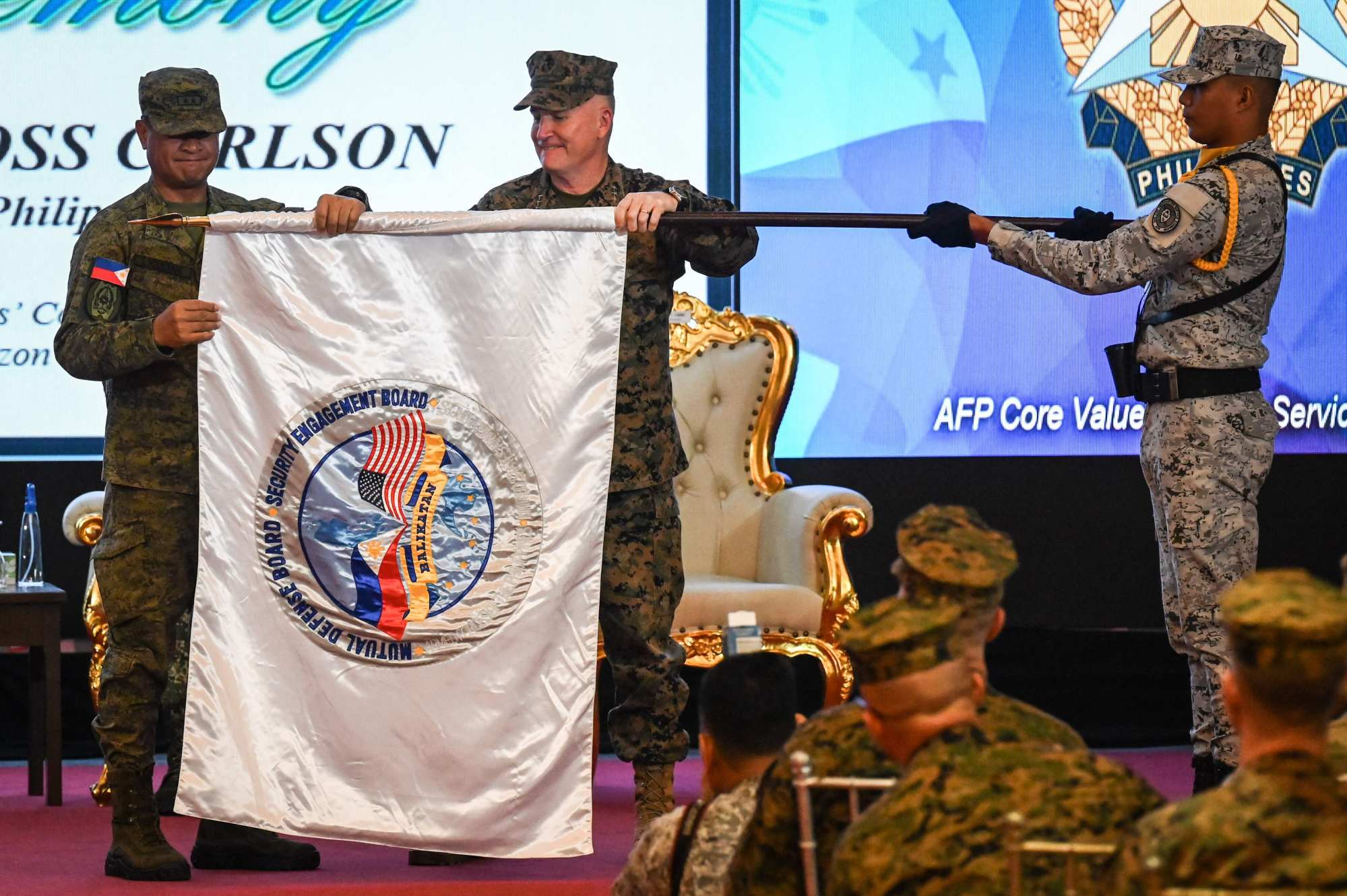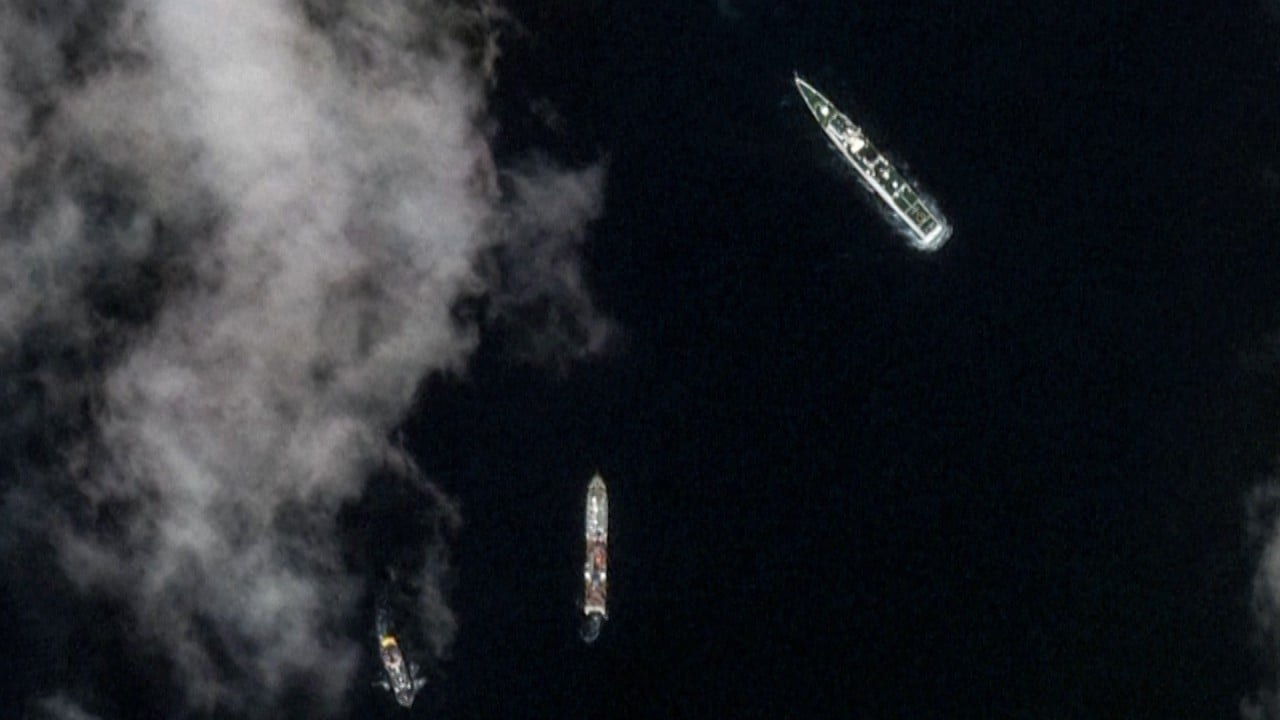
South China Sea: ‘upsurge’ in Chinese militia vessels as Balikatan drills begin ‘out of the norm’, Philippines says
- The Philippine Navy says 124 Chinese vessels have been detected in the West Philippine Sea since the military drills began on Monday
- Motivations for the move may include underscoring Beijing’s de facto control of the disputed waters and disrupting Balikatan activities, analysts note
Philippine Navy Commodore Roy Trinidad said on Tuesday that 124 Chinese vessels of various types had been detected in the West Philippine Sea – Manila’s term for the section of the South China Sea that defines its maritime territory and includes its exclusive economic zone – since Monday, compared to an average of 60 per week in the two months prior.
Philippines’ plan for maritime militia to match China raises fears of ‘shooting war’
“This upsurge is out of the norm. This coincided with the launching of the Balikatan,” Trinidad said.
“So there is a surge in the presence of maritime militia specifically in Bajo de Masinloc and Pag-asa,” he said, referring to the Filipino names for Scarborough Shoal and Thitu Island, respectively. Both are located in the South China Sea.
This year’s edition of the Balikatan drills kicked off on Monday, involving more than 16,000 troops from the US and 5,000 from the Philippines, as well as Australian and French armed forces.

Major General Marvin Licudine, the Philippines’ exercise director for Balikatan, said on Monday that the presence of Chinese vessels within the vicinity of the exercises was expected.
“We always adhere to international law and the freedom of navigation. So I think we would not see any problem as long as we follow international law.”
Licudine also said the drills were not aimed at any specific party.
“Yes, it’s the first time that we are going beyond our territory. But for the US and Philippine side, it’s more on the development of interoperability, our collective effort, protection of international law, and the freedom of navigation in these areas,” he said.

Political analyst Sherwin Ona, an associate professor of political science at De La Salle University in the Philippines and an auxiliary officer in the Philippine coastguard, told This Week in Asia that the upsurge had two possible aims.
“I believe that the use of Chinese maritime militia is a tactic to reinforce its victim narrative once a confrontation at sea occurs. I think it will use the [vessels] to turn public opinion, portraying China as a victim of coercion,” he said.
Ray Powell, a retired US Air Force officer who is now a maritime security analyst, raised the possibility that the number of Chinese maritime militia vessels may not have actually increased, but had rather made themselves easier to detect.
“The China Coast Guard is often there but undetectable, going completely ‘dark’ on its automatic information system [AIS] signals or broadcasting on the weaker ‘Class B’ only,” Powell said.
“Going dark”, according to Powell, means strategically turning off a vessel’s AIS transponder to avoid detection, while Class B refers to a weaker type of AIS signal, typically used by smaller vessels, that often transmit at a lower power with less frequent updates and have a shorter range.
China to retaliate against ‘unjust provocation’ in maritime disputes: commander
“We didn’t know that it was made in China. It just so happened that among all of the vessels that we checked, it’s the one that’s still floating, and it was the right size for our exercise,” Army Colonel Michael Logico, the Philippines’ spokesman for the Balikatan drills, said on Monday.

